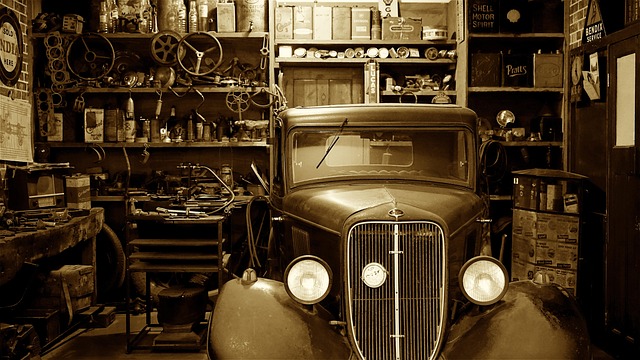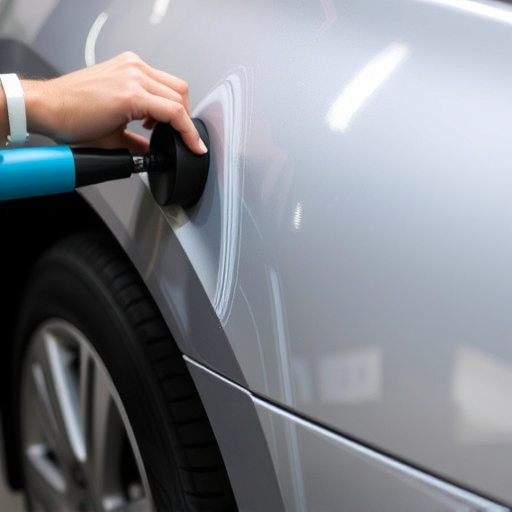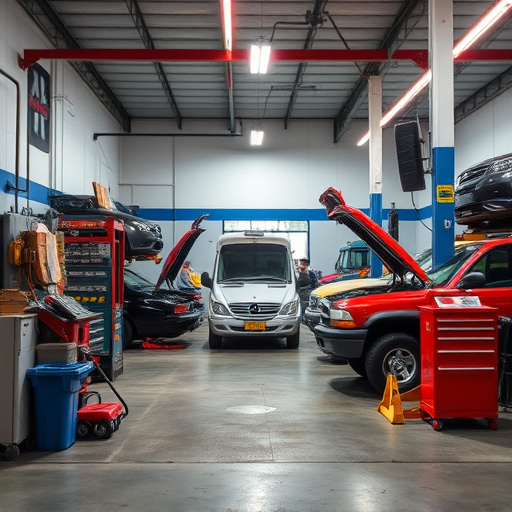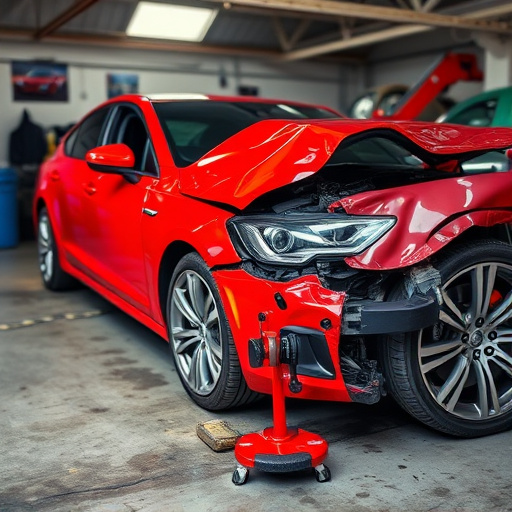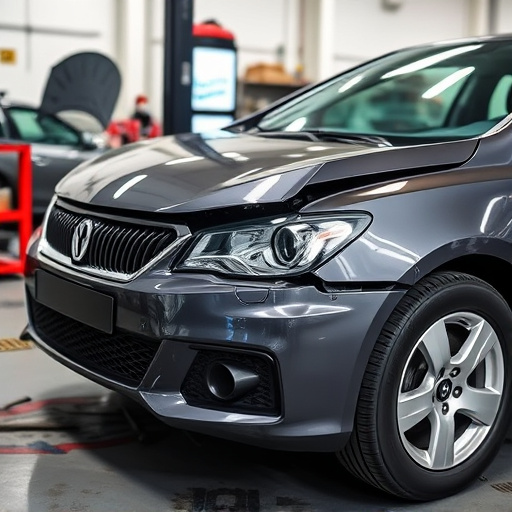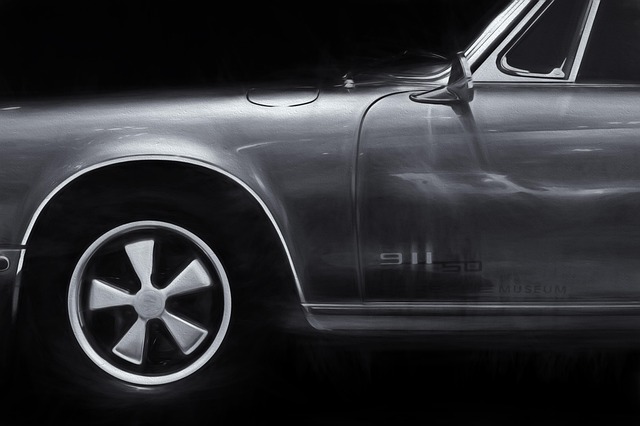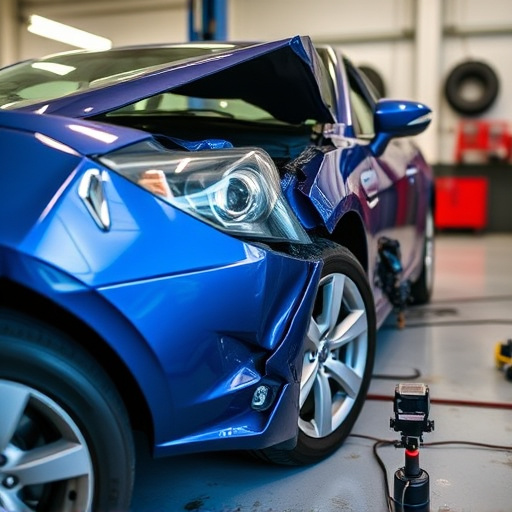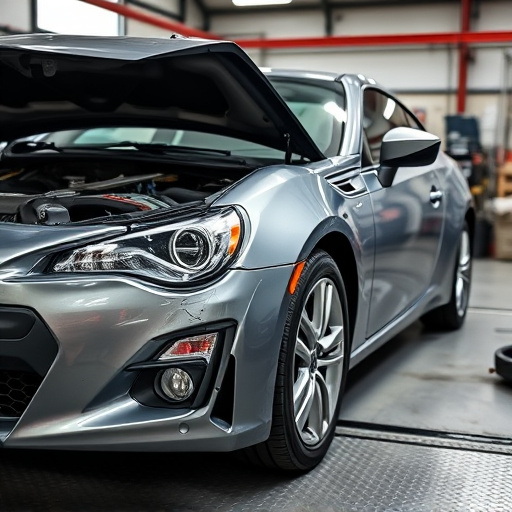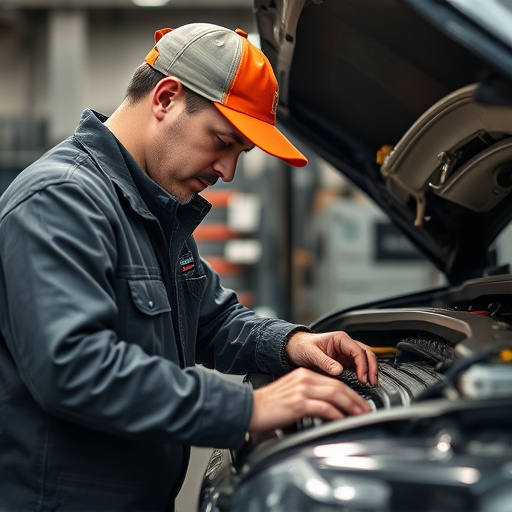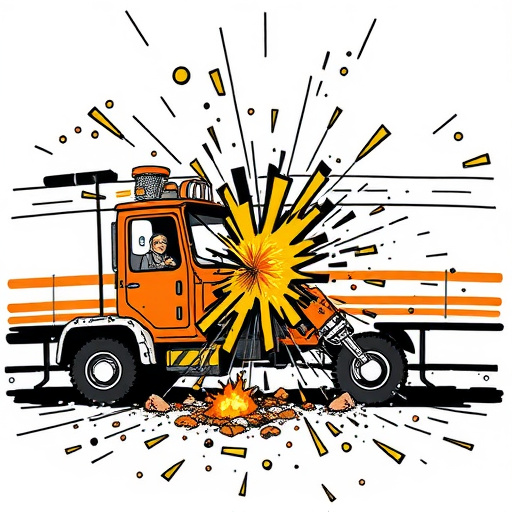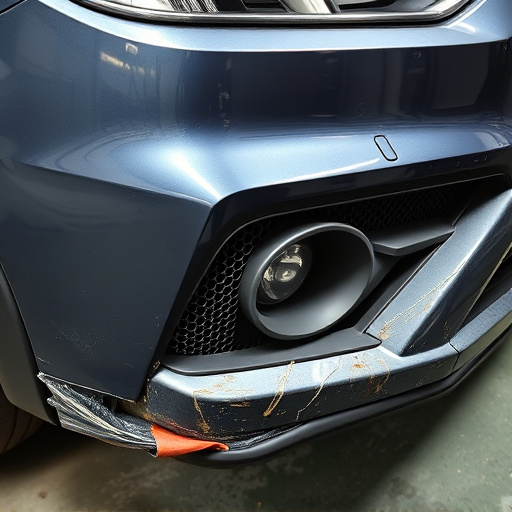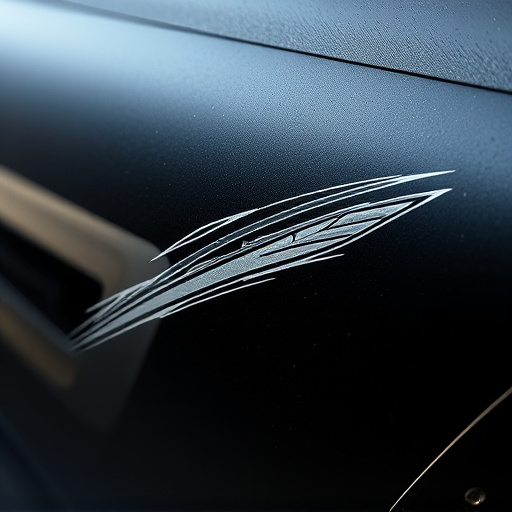Winter accidents create unique vehicle damage challenges, demanding specialized auto body repair knowledge. Proper alignment post-repair is vital for safety, handling, and tire wear. Ignoring misalignments can lead to long-term issues, reduced fuel efficiency, and costly repairs. Regular checks during and after winter accident repair ensure structural integrity, prevent safety risks, and maximize vehicle lifespan.
After a winter accident, proper alignment is more than just cosmetic. It’s a crucial step in ensuring your vehicle returns to its optimal performance and safety standards. Winter’s unique challenges—from icy roads to salt corrosion—can cause misalignments that go unnoticed. This article explores the critical importance of precise alignment post-repair, highlighting long-term benefits like preventing future issues and promoting better fuel efficiency and tire longevity for a smoother ride ahead.
- Understanding Winter Damage and Its Unique Challenges
- The Importance of Proper Alignment Post-Repair
- Long-Term Benefits: Preventing Future Alignment Issues
Understanding Winter Damage and Its Unique Challenges
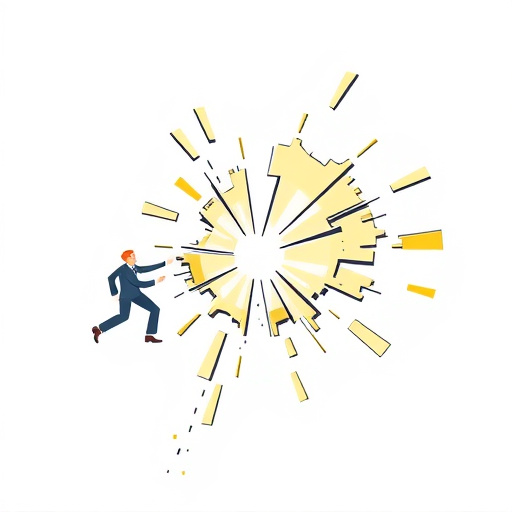
Winter brings unique challenges for both drivers and auto body shops. The harsh weather conditions can cause various types of damage to vehicles, from small dents and scratches to more severe structural issues. Ice, snow, and freezing temperatures can exacerbate existing problems and create new ones during a winter accident. Understanding these specific challenges is vital after winter accident repair to ensure comprehensive and effective solutions.
Many car body shops report an increase in complex repairs during the colder months. Auto body repair services may include replacing frozen or cracked components, addressing corrosion caused by salt and moisture, and rectifying damage from sliding or skidding incidents on icy roads. These situations demand specialized knowledge and techniques to restore vehicles to their pre-accident condition, maintaining safety and performance standards.
The Importance of Proper Alignment Post-Repair

After a winter accident, proper alignment is crucial for your vehicle’s safety and performance. While autobody repairs and tire services are vital components of post-accident care, realigning your car ensures that all parts work in harmony. A fender bender can cause subtle yet significant misalignments in suspension components, steering systems, and even wheels, leading to uneven tire wear, handling issues, and potentially compromising your safety on the road.
Ignoring alignment after winter accident repair could result in long-term problems. Proper alignment not only enhances fuel efficiency but also prevents costly repairs down the line. It ensures that your vehicle tracks straight, handles smoothly, and maintains optimal contact between tires and the road surface, especially crucial during unpredictable winter conditions. Thus, taking the time to have your car realigned post-repair is a proactive step towards safe and reliable driving.
Long-Term Benefits: Preventing Future Alignment Issues
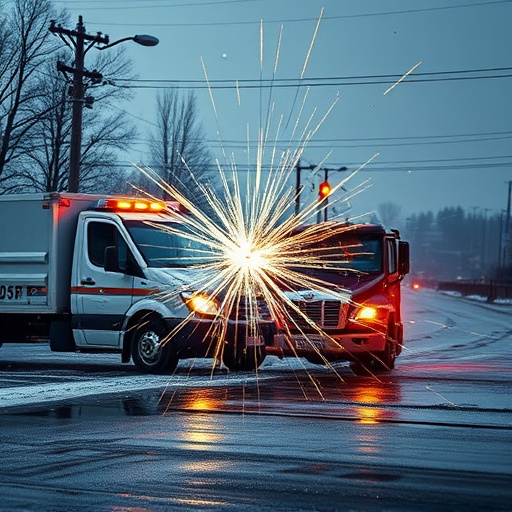
After a winter accident, proper alignment is not just about achieving a perfect look; it’s a key step in preventing future issues and ensuring your vehicle’s longevity. When left unaddressed, misaligned components can lead to uneven tire wear, reduced fuel efficiency, and even safety hazards. Regular checks and adjustments during and after winter accident repair are essential.
One of the long-term benefits of this process is its role in preserving the structural integrity of your vehicle. Luxury vehicle repair or automotive body work that focuses on alignment can head off more costly repairs down the road. By preventing issues like misaligned wheels, damaged suspension, or worn out parts, you’re not just saving money but also ensuring a smoother and safer ride for years to come.
After a winter accident, proper alignment is more than just about fixing visible damages; it’s a key strategy to prevent future issues. Winter conditions create unique challenges, leading to misalignments that can go unnoticed but result in uneven tire wear, steering problems, and reduced safety. By prioritizing alignment checks and adjustments post-repair, drivers can ensure their vehicles return to optimal performance, prolonging tire life, enhancing handling, and ultimately, fostering a safer driving experience for the long haul. Remember, addressing alignment after winter accidents is an investment in both peace of mind and vehicle longevity.
